|
The start of a new year is our chance to wipe the slate clean and reassess our goals for the coming year. How many of you each year find yourselves saying, “This year I will go to the gym more,” or” train more,” or even “lose five pounds,” only for February to roll around and that goal is already given up on? I know that I followed this cycle for a number of years, telling myself I’d go to the gym more; patting myself on the back for getting that gym membership, but then actually getting to the gym only a couple times before giving it up. Something had to change. As a physiotherapist, I was more than capable of creating my own fitness program but having those skills wasn’t enough to keep me motivated. I knew I wasn’t able to achieve my goals on my own and that’s okay! So, I hired a coach and suddenly I wasn’t just attending the gym but LOOKING forward to it! It was a huge shift in motivation! Staying on track to our conditioning and training goals can be a difficult task. It's not enough to just say to ourselves, "I will work on these exercises," or "I want to reach this goal." We have to actively pursue and dedicate ourselves to the hard work of achieving our goals. To do this we need to work on building our internal motivation and find ways to keep ourselves accountable - simply wanting something isn't enough to see us through to the end. Our motivations can fluctuate due to both internal and external pressures so cultivating a mindset and developing habits that help us achieve our goals is a must! In this week’s blog we’ll take a look at how to best set ourselves up for success and make our training goals achievable in the new year. Find your SMART Goals 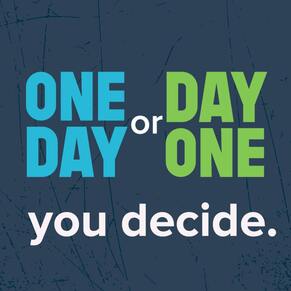 When planning our training goals for the year we want to set ourselves up for success by making SMART goals. Our SMART goals are... S – Specific It’s not enough to say to yourself, “I want to improve my dog’s fitness,” instead you need to have a detailed goal in mind. This may be improving your dog’s course time, or improving their muscle tone. Having a specific goal in mind will help you visualize the steps you need to take and plan your training sessions accordingly. When I’m making my training plan for the new year, I like to break up my goals into long-term and short-term goals. Our long-term goals are the big things we want to achieve – maybe it’s getting onto a world team or getting that big title. In order to realize our long-term goal, we need to break it down into smaller steps. Let's take a closer look at how we can break down a long-term goal. We start by finding and identifying a long-term goal we’d like to achieve at some point in the coming year. Our long-term goals are often vague in their timeline and execution. We then break down this long-term goal into smaller, more specific goals that our dog will need to achieve in order to get to the big goal. To achieve a title in agility our dog, “Fido” may need to improve in some areas such as reducing the number of knocked bars in a run or improve their course time. In the chart you can see that I’ve then broken down these short-term goals into steps to success and have identified some key exercises, training, and health considerations to take to help “Fido” achieve his smaller goals. M – Measurable Making your goals measurable allows you to track and see progress and results as you go. One thing I’ve found really helpful, especially when life gets a bit more chaotic, is to keep a training journal. As our lives can get busy it can be easy to lose track of where we last left off our training session or at what step we plan on working on next. By keeping a journal you’ll also be able to better track those small incremental changes you and your dog have been making. It’s hard to remember how many reps/sets you might have started at but by writing down your progress you can look back and realize how far you’ve come. This will give you a greater sense of accomplishment and keep your momentum going! A – Attainable Set yourself up for success by choosing a goal you know you can achieve. It’s good to have large over-reaching goals but if we enter each training session thinking only about that larger goal we’re likely to soon become frustrated. We can go to the gym thinking "I want six-pack abs” but if we leave our first gym session expecting to have attained that goal it won’t take long for us to stop going altogether. The same is true with dog sports. We can dream about getting to the nationals, or on a world team, but unless we take that goal and break it down into smaller steps, we’re unlikely to attain it. That’s not to say we never think of a bigger goal but rather that we need to recognize that to get to that larger goal we need to put time and effort into other small more attainable goals. We have to commit ourselves to the process of our goals rather than focus on just the outcome. It's fun to dream about winning the lottery but we're not going to do that if we never get into our car and drive to the store to buy a ticket. Remember, that small consistent changes make more of a difference than a single BIG action. R – Realistic Start simple. Don’t try to completely change your life in one day. It is very easy to get over motivated and take on too much. This leads to the 14 or 21-day resolutions versus turning our new training habit into a lifelong habit! We don’t want to bite off more than we can chew, so starting simple or slowly building on your current routine is the right approach. Focus on ONE thing!! There’s a Russian proverb that comes to mind - “If you chase two rabbits you will never catch either of them". There are a lot of distractions in life - like that second rabbit. Most of us are overextended between all our various commitments and obligations - we wear a lot of hats! If you want success to come across all boards, goal setting and focusing on one thing is critical! Narrow your concentration to one thing at a time. E.g. training a new exercise, completing a conditioning circuit 1x a week. Think of the domino effect. Slow successes build on each other sequentially. By starting to focus on one thing, you will soon find that you are able to focus on more. You are more likely to be effective doing a few things with more effect instead of doing more things with side effects. Think of the following questions:
T – Timely Make your goals timely so you don’t lose focus. This relates back to picking specific goals. If your goal is set far into the future you may become more discouraged or lose focus. Instead pick something that you can achieve in a few months. Each training session you have the goals for that session should be:
Spend some time analyzing your training process; at how much time you're spending on training, how you train (are you trying to nail down a specific behaviour, or working on smaller skills, do you have a goal in mind? etc.) Look at whether the training session feels efficient - are you focusing your attention on what you're doing or are you splitting it with other activities like getting some laundry done or tidying? Be present in your training session! Making Conditioning a Habit Pro athletes are not hobbyists – they live and breathe their sport and have a set schedule where they work on their skills. A habit is a routine of behaviour that is repeated regularly and tends to occur subconsciously. However, to make a habit a subconscious behaviour it takes work! Chances are, if you’re reading this, I don’t need to convince you that canine conditioning has an important role in keeping our dogs healthy and physically fit. I often tell clients to find and identify their “powerful why,” that driving motivation that keeps us moving forward to achieving our golas. When it comes to finding motivation for canine conditioning knowing how important it is for our dogs can serve as our “powerful why” but we may also have other reasons, such as: want our dogs to do better in their sport, increasing longevity in their sport, or reducing the risk of injury. Holding on to these “powerful whys” is a fantastic way to keep up or momentum. So how do we take these great intentions and turn them into actions to help reach our end goal? In this next section, let’s talk a bit about habit formation and review a couple of tips I’ve found helpful in staying consistent and true to my conditioning and training goals! The Key to Unlocking Habits There’s a simple psychological “life hack” that can really up your training and conditioning game. All you have to do is unlock your “habit loop” which is a simple 3 step process of cue, routine, and reward!
Now that you’ve unlocked the life hack, you’ll need to find a way to solidify your “trigger” - this is the first and most important step. The trigger must be learned. When developing a conditioning habit, there are a number of ways you can set yourself up for success.
You may be procrastinating your goals... You might be unintentionally procrastinating and not even realize it! One clever way we, as people, have learned how to procrastinate is to tell ourselves, “I don’t know enough about X to start.” I used to do this ALL THE TIME in school. My professor would assign me a paper to write and I spent so much time information gathering that before I knew it my deadline was rapidly approaching and I was under a time crunch to finish my assignment! Do you know that the more educated on a subject you become the more you realize just how much you don’t know! This can become a feedback loop that really stalls our progress! When we spend more time gathering information and not training (or in my case, writing) we’re actually creating more time and space between where you are currently and where you want to be!! The best way to move forward is to cut through all the noise and have someone help guide you through the process. Someone who can point out the information that is relevant to your situation and help you build a strong foundation to work from. One way we can also cut through the noise is to develop some healthy mantras like, “I can do this,” rather than unhealthy mantras like, “I’m new,” or, “I don’t know how.” These types of thoughts are fixed mindset thoughts and will demotivate us. A growth mindset develops a passion for learning and those with a growth mindset aren’t discouraged by failure but rather see it as an opportunity to learn and grow. Try and recognize the thoughts you're having during a training session and dig deep to find their source. Are your thoughts coming from a place of growth or are they fixed? If you find yourself thinking, "I'm not good at this" try instead to say "I need to break this down into smaller parts," or identify an area where you did well. Getting off to a strong start... 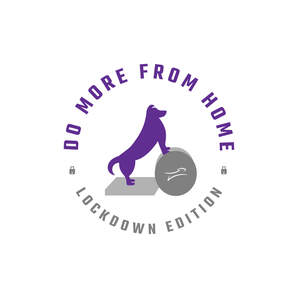 If you live in Ontario, chances are you’re feeling a bit unmotivated to start your training goals this year. That’s okay! With another lockdown in place and our training halls closed it’s not surprising that our motivation is taking a hit, but I want to challenge you to take control of what you can and commit yourself to training. Despite these unprecedented times there is still a lot we can do to take charge and training our dogs is a great way to do this! If you’re struggling to find your motivation then this might be the ideal time to reach out to your support system and develop a game plan! If you need help in staying true to your conditioning goals I’m happy to help you get onto the path to success! If you’re looking to get your training off to a strong start this year with a built-in support system and clear set goals and exercise then look no further! At the beginning of the 2020 lockdown, I introduced a circuit conditioning program called Do More From Home. With our year ending in another lockdown, I thought I would launch another 6-week circuit program to help us start the new year off strong! I’m excited to announce my second circuit course - Do More From Home: Lockdown Edition. This will be a 6-week course where students will receive a weekly circuit routine to do with their dog PLUS a cardio/warm up exercise that will prepare your dog for the upcoming circuit!
New Year, New You, New DogI want you to take a moment and pat yourself on the back. This past year was one for the books and it definitely presented us some new challenges. One thing 2020 taught me was the importance of focusing on what I can control and not dwelling on the things I can’t change.
With numerous lockdowns, cancelations, and closures I had to remind myself that there was still LOTS I and my dogs could do from home. I want to encourage you all to take this same mentality into the new year. Ask yourself where you see 2021 taking you. Do you want a healthier dog, a fitter dog, and a better connection with your dog? Then look for ways of breaking down those goals into actionable, concrete steps! Make those small changes in your life that will help you achieve your goals. With small daily actions you can make a HUGE change to you and your dog’s life. If you need a hand in with your planned goals this year, I’m always happy to jump onto a call to guide you through the steps you’ll need to succeed! Happy New Year everyone! Carolyn
0 Comments
Leave a Reply. |
AuthorCarolyn McIntyre Archives
March 2024
Categories
All
|
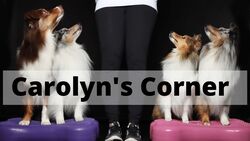
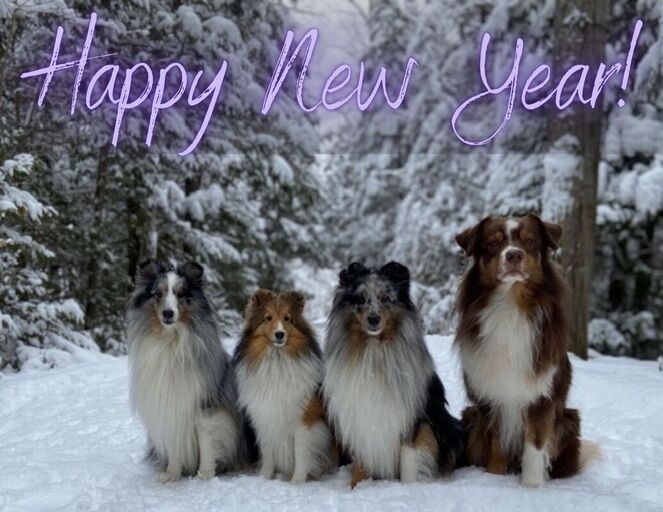
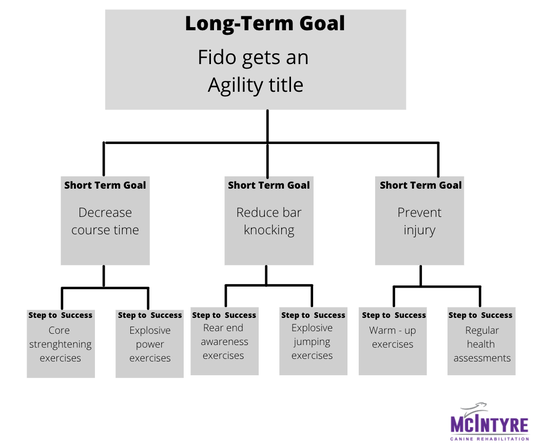
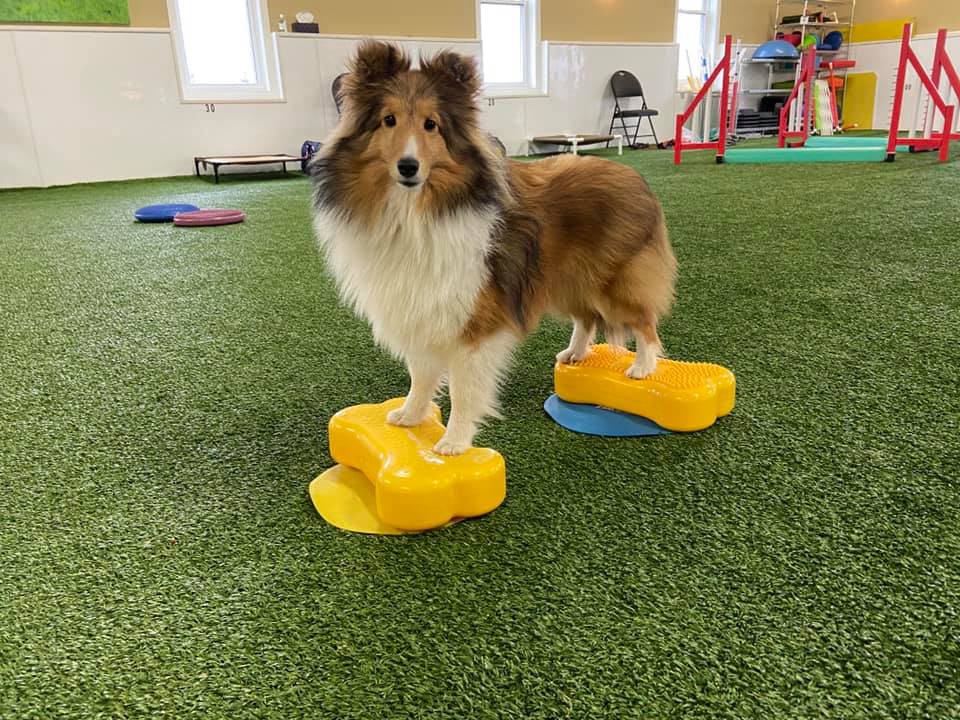
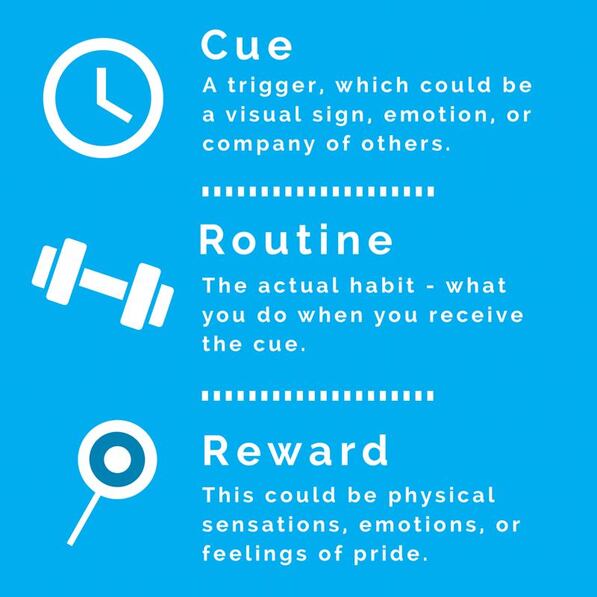
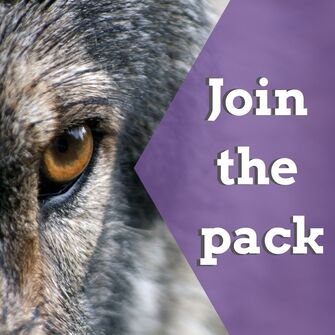
 RSS Feed
RSS Feed